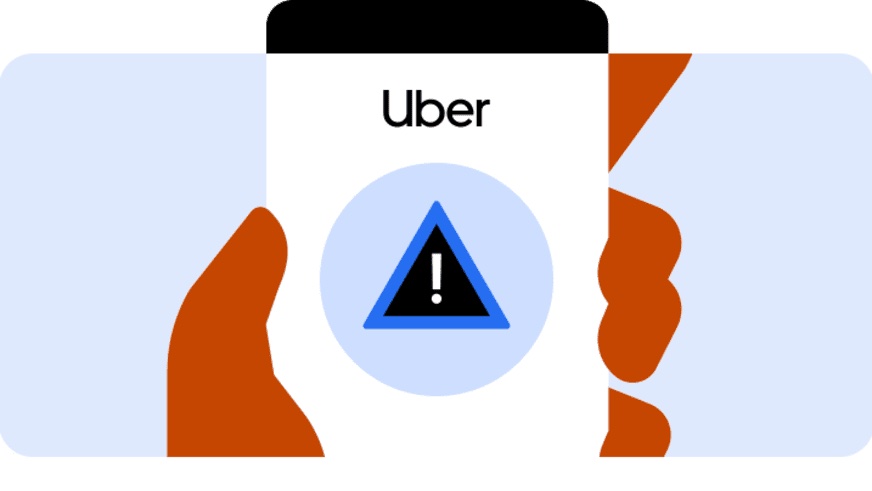Rideshare services like Uber and Lyft have become integral parts of daily life. However, as convenient as these services are, the question of insurance coverage is often very confusing to passengers and drivers alike. The coverages provided change frequently without notice to the public. In this blog post, we’ll delve into the intricacies of rideshare insurance coverages in California, focusing on the amounts provided by Uber as of March 2024.
Understanding the Phases:
Rideshare drivers operate in different phases, each with its own insurance implications. It’s crucial to comprehend the distinctions between these phases to ensure adequate coverage.
Uber Rideshare Insurance Coverage in California:
Uber provides a comprehensive insurance package for its drivers in California, addressing the various phases of ridesharing.
Period 0 – Driver is Offline
- Whenever the driver is offline and not using the app, his or her personal car insurance policies will apply. The driver would be required to have the state-required minimum coverage for themselves.
Period 1 – Driver is Online Waiting for a Request
- When the driver is waiting for a ride request with the app on, Uber’s contingent liability coverage comes into play.
- This coverage includes $50,000 in bodily injury per person, $100,000 in bodily injury per accident, and $25,000 in property damage per accident for the third-party driver involved in the accident.
- This provides no coverage for the driver’s vehicle (i.e. collision, comprehensive) therefore, the driver’s personal insurance would extend to cover his or her own vehicle damage.
Period 2 – Driver has Accepted a Ride & is on the Way to Pick up Passenger
- Here is where it gets a little tricky.
- Once the driver accepts a ride request and is en route to pick up passengers, Uber’s primary automobile liability coverage takes effect.
- This coverage is more robust, providing up to $1 million in liability to others.
- This coverage would take care of third-party injuries. It will also afford collision and comprehensive coverage for the driver’s vehicle in case of an accident (with a high deductible of approximately $2,500).
- But the driver himself would not be covered for any injuries in case he got involved in an accident during this period, as there is no uninsured motorist coverage.
Period 3 – Driver Accepted Ride and Rider is in the Vehicle
- The same $1 million liability coverage that is listed above for period 2 now applies to the passenger in the vehicle as well as uninsured motorist, up to a $1 million, for both the driver and all passengers.
Navigating the Gaps:
While rideshare services offer substantial insurance coverage, drivers should be aware of potential gaps in certain situations. For instance, personal auto insurance may not cover all phases of ridesharing, especially during the waiting period with the app on or on the way to pick up. To bridge these gaps, many insurance providers offer rideshare insurance policies tailored to the specific needs of drivers.
Conclusion:
In the ever-evolving, fast-changing landscape of rideshare services, understanding the nuances of insurance coverage is paramount for drivers in California. Uber and Lyft have spent hundreds of millions of dollars lobbying for favorable changes to their insurance requirements in many states, especially California. Remember to be proactive in reviewing and understanding your policy, communicating with insurance providers, and exploring additional rideshare insurance options to ensure you are adequately protected on the road. Feel free to contact our office with any questions.

